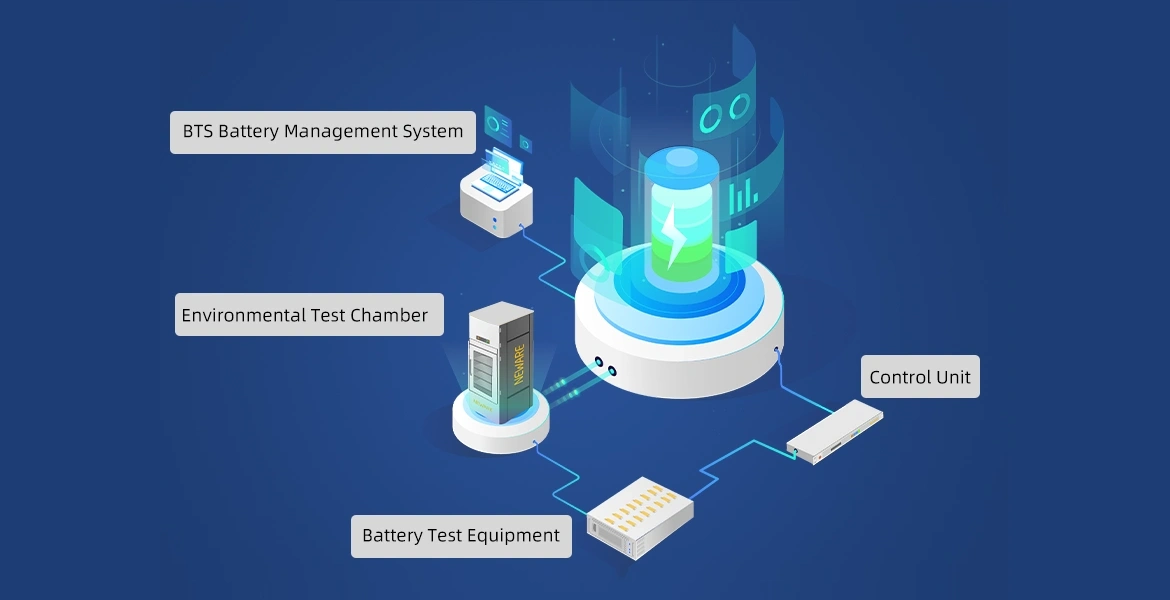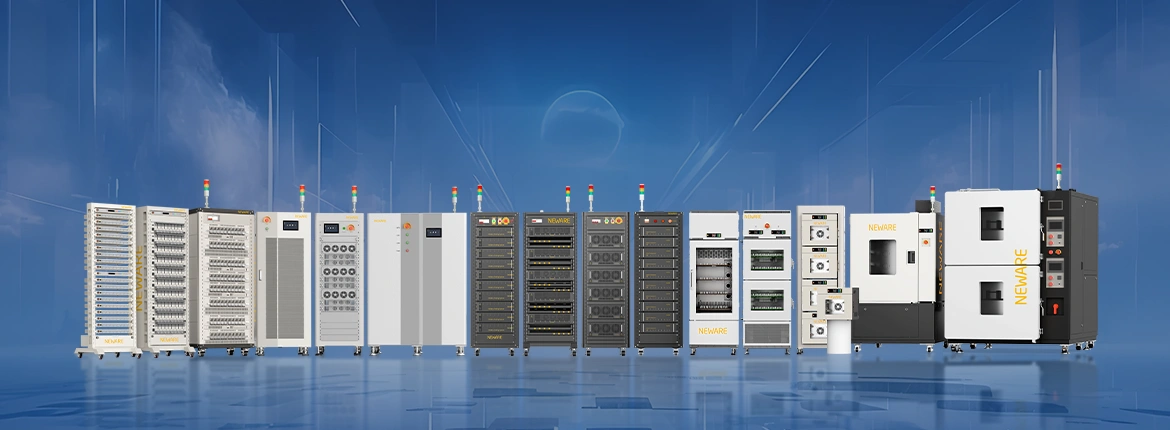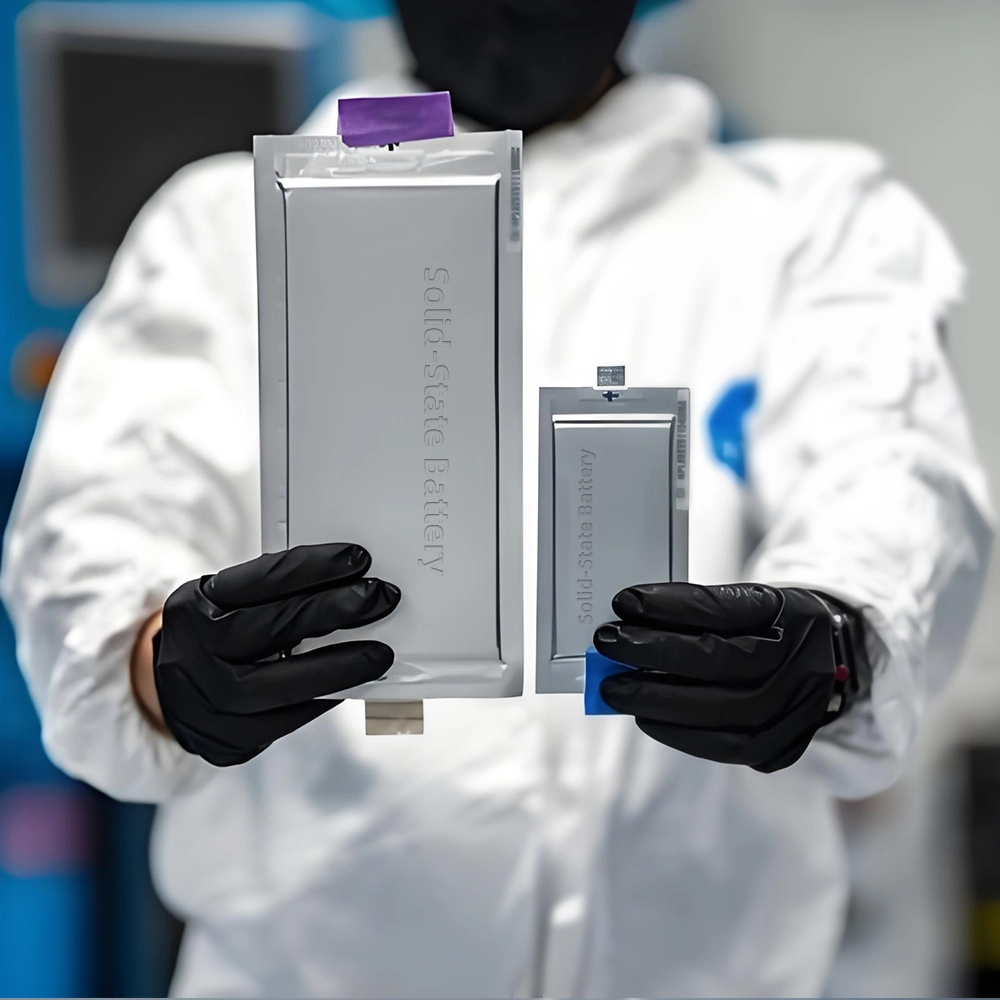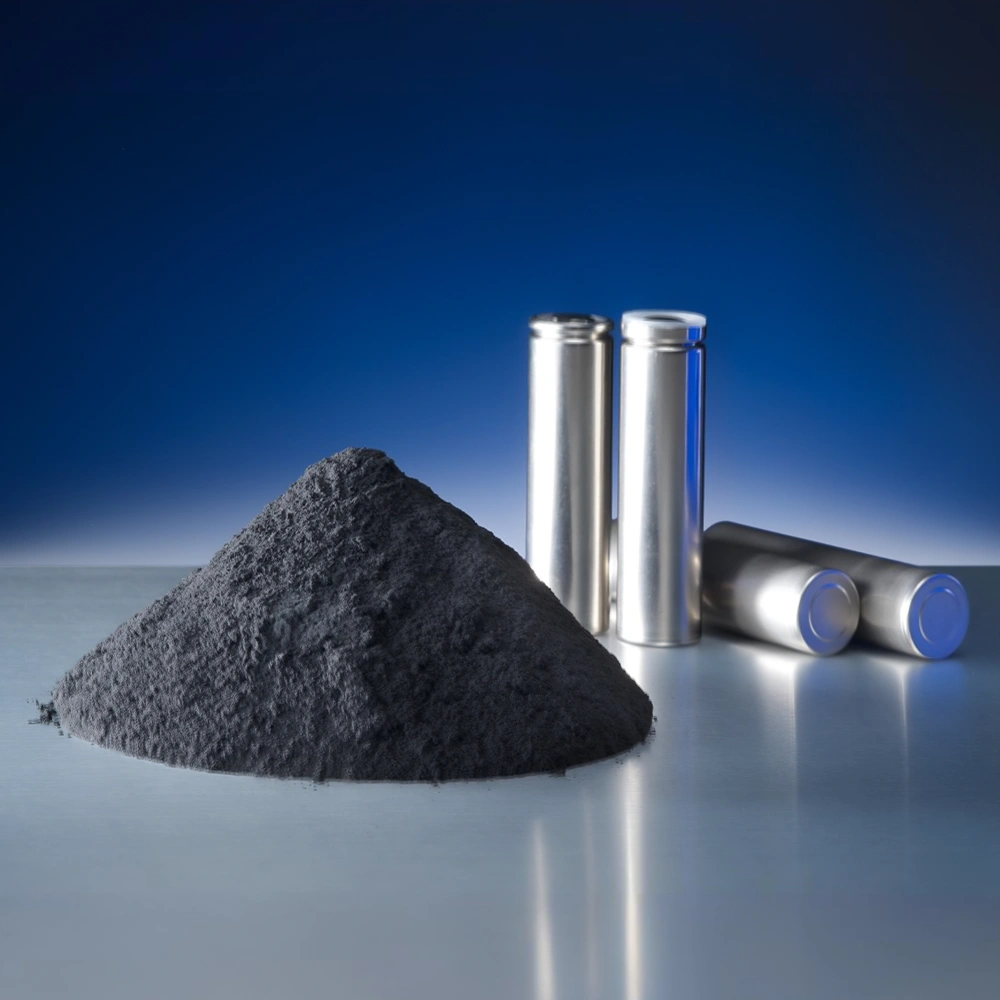In the ever - evolving landscape of battery technology, choosing the right battery cycler is crucial for accurate testing, efficient research, and successful production. Whether you're in a research laboratory, a manufacturing facility, or an academic institution, making an informed decision can save you time, money, and resources. This comprehensive guide will walk you through all the key aspects to consider when selecting a battery cycler in 2025.
The temperature control of a battery cycler is a make - or - break factor for the reliability of test results. In research and development, where extreme accuracy is required, it's essential to opt for equipment with a temperature control accuracy of ±0.1°C. This level of precision ensures stable performance even in extreme environments, ranging from a bone - chilling - 40°C to a sweltering 150°C. When dealing with high - temperature electrolyte testing, pay close attention to the equipment's high - temperature resistant materials. Fluoroplastic linings, for example, are excellent at withstanding high temperatures. Additionally, water - cooled mechanical seal configurations play a vital role in preventing overheating, which could lead to significant data deviation. Without proper temperature management, the results of your battery tests may be rendered invalid, wasting valuable time and resources.
The appropriate current and voltage range selection depends entirely on the type of battery you're working with. Lithium - ion, lead - acid, and nickel - based batteries all have different electrical requirements. For electric vehicle batteries, which demand high - power performance, the cycler must support high currents, such as 40A, for cycling. On the other hand, consumer electronics batteries, like those in smartphones and laptops, prioritize constant voltage stability, especially during fast charging. A 1.5V constant voltage fast - charging capability is often a key feature to look for. To maximize the versatility of your testing, it's highly recommended to choose models with adjustable parameters. These allow you to easily switch between different battery types and testing scenarios, providing flexibility and efficiency in your work.
Thermal runaway is a significant risk during battery cycling tests. It can lead to explosions and pose serious threats to personnel and equipment. High - end battery cyclers are equipped with advanced safety features to mitigate this risk. Double - layer explosion - proof casings act as a strong barrier, containing any potential explosion. Automatic pressure relief valves release excess pressure in a controlled manner, preventing the build - up of dangerous pressure levels. Explosion - proof chains further enhance safety by providing additional restraint. Moreover, over - temperature and over - current protection functions are essential. They detect abnormal conditions in real - time and immediately shut down the equipment to prevent overload, ensuring the safety of your laboratory or production environment.
Components that come into contact with the electrolyte are constantly exposed to corrosive substances. Therefore, they need to be made of highly corrosion - resistant materials. 304 stainless steel lined with F46 is a popular choice due to its excellent resistance to chemical corrosion. For shaft seals, silicon carbide or bellows mechanical seals are preferred as they offer long - term durability and reliable sealing. In high - temperature scenarios, it's crucial to verify that the equipment has passed strict explosion - proof certifications, such as meeting the GB/T 31485 standard. This certification ensures that the cycler has been rigorously tested and meets the highest safety standards for use in potentially hazardous environments.
High and low - temperature cycling machines are specifically designed for simulating extreme environmental conditions. They are ideal for testing the performance of batteries in scenarios like electric vehicles operating in frigid arctic regions or sweltering deserts. By subjecting batteries to - 30°C low temperatures or 85°C high temperatures, you can accurately assess their capacity decay over time. Models with a single - machine dual - box design offer a significant advantage. They enable simultaneous comparative experiments of multiple groups of batteries, allowing you to gather more data in less time and draw more accurate conclusions about battery performance under different conditions.
Charge and discharge All-in-One System are the workhorses of mass production testing and quality monitoring. This system is equipped with a range of functions, including automatic cyclic charging and discharging, as well as capacity sorting.

BioLogic: BioLogic's high - precision electrochemical workstations are renowned in the industry for their ability to support complex working condition simulations. They are the go - to choice for researchers engaged in battery material research and development.
NEWARE: NEWARE is dedicated to the development and manufacturing of multi-channel testing systems, which are compatible with a broad spectrum of battery chemistries, encompassing lithium-ion batteries, sodium-ion batteries, and solid-state batteries. NEWARE Battery System is engineered to detect minute current fluctuations during both charging and discharging phases with μA-level precision, thereby offering a dependable basis for the accurate evaluation of battery performance. When testing large-scale battery packs, NEWARE Battery equipment facilitates simultaneous testing of multiple batteries through its multi-channel capability, substantially boosting testing efficiency and curbing expenses.

One of the most common mistakes beginners make is overlooking the expandability of the battery cycler. As your research or production needs grow, you may find yourself in need of additional features or increased testing capacity. Choosing equipment that supports modular upgrades, such as the ability to add temperature sensors or expand the number of channels, can future - proof your investment. Without expandability, you may be forced to purchase new equipment when your requirements change, resulting in unnecessary costs and disruptions to your work.
After - sales service is often underestimated but is a crucial aspect of your battery cycler purchase. Brands that offer remote monitoring, fault diagnosis, and lifetime maintenance can save you a great deal of time and frustration. For example, Borg Leading's 24 - hour technical response ensures that any issues with your equipment are addressed promptly, minimizing downtime and reducing potential losses. A reliable after - sales service team can also provide valuable support and advice, helping you get the most out of your battery cycler.
The allure of low - priced battery cyclers can be strong, but it often comes with hidden costs. Such equipment may suffer from large temperature control fluctuations, inaccurate data collection, and a lack of essential safety functions. Test data clearly shows that high - quality equipment can reduce testing errors to within 1%. In the long run, the benefits of investing in reliable, accurate equipment far outweigh the initial cost savings of choosing a cheaper alternative. A low - quality cycler may end up costing you more in terms of wasted materials, inaccurate results, and potential safety hazards.
Selecting the right battery cycler is a complex decision that requires a comprehensive consideration of experimental requirements, equipment parameters, and brand services. In 2025, the market is moving towards intelligent models with AI algorithm optimization and cloud data management functions. These advanced features not only improve the accuracy and efficiency of testing but also provide valuable insights for research and development. Don't make a hasty decision. Contact professional suppliers today to obtain personalized selection solutions.




The lab focuses on solid-state battery research to overcome traditional lithium batteries' safety and energy density issues, supporting environmental sustainability. It develops innovative solid-state electrolytes, refines electrode materials, and investigates ion transfer and interface stability to revolutionize battery technology.

The electric vehicle battery industry is rapidly developing, focusing on technological innovation, market competition, and sustainability. Research hotspots include solid-state batteries, new types of electrolytes, BMS optimization, and recycling technologies. The environmental adaptability, safety, and economic viability of batteries are key research areas, and the industry is expected to undergo more innovation and transformation.

Specializing in battery preparation technology research, the focus is on overcoming existing energy storage challenges by innovating in electrode materials, battery chemistry, and manufacturing processes to improve performance, safety, and reduce costs. Sustainability and recycling technologies for batteries are also emphasized to mitigate environmental impacts and foster the growth of green energy.